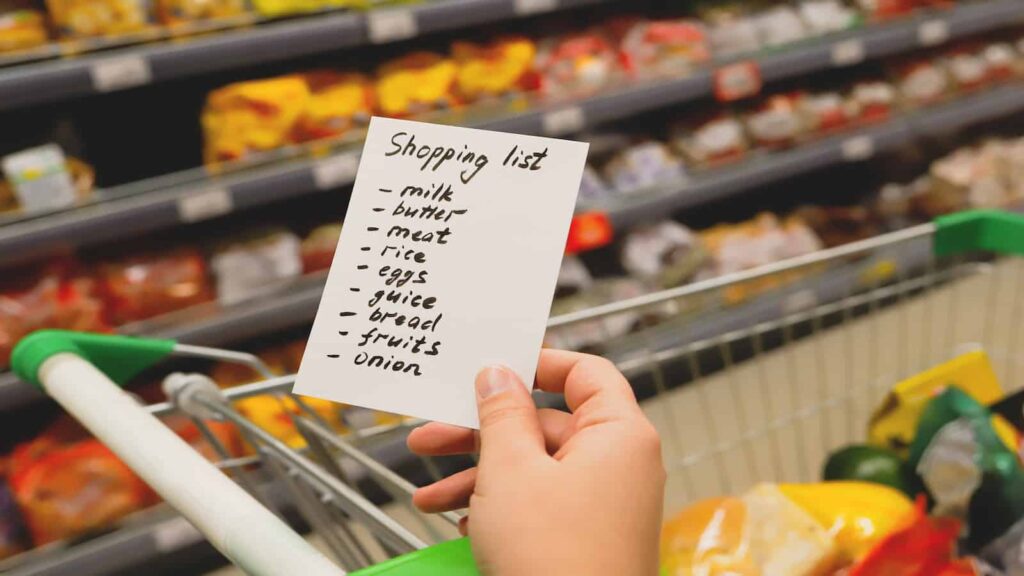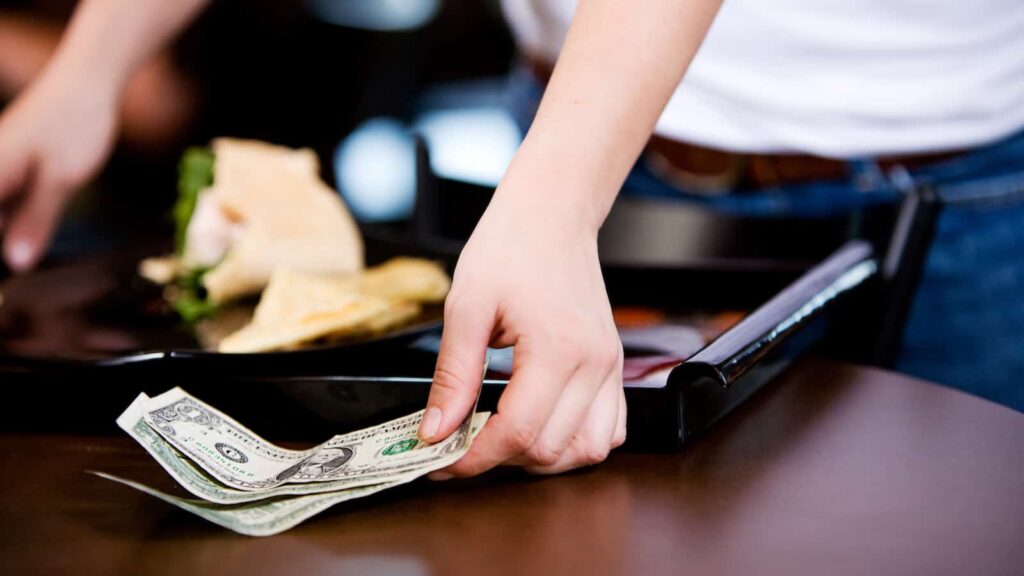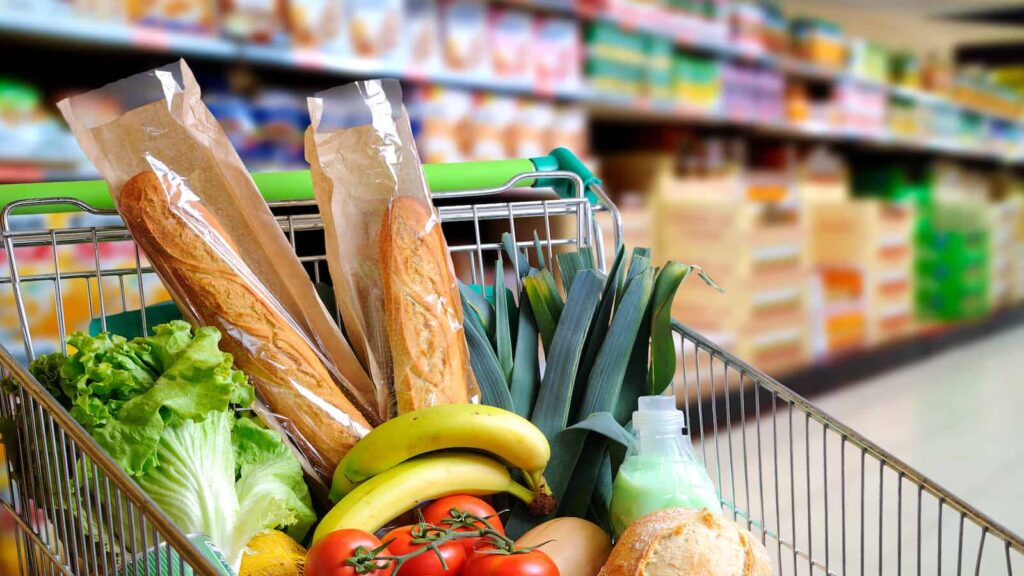18 Grocery Shopping Mistakes That Are costing You Money
18 Grocery Shopping Mistakes That Are costing You Money

Grocery shopping is a routine task for most households, yet it’s easy to fall into traps that inflate your spending without you even realizing it. From the allure of eye-level products to the temptation of shopping on an empty stomach, there are numerous pitfalls waiting to trip up even the most budget-conscious shopper.
This guide identifies 18 common mistakes people make when grocery shopping that can lead to overspending. By recognizing and avoiding these errors, you can streamline your shopping habits to save money and shop smarter.
1. Not Having a Grocery List Ready

Shopping without a list is a common mistake that often leads to buying unnecessary items. A list helps you focus on what you truly need, preventing impulse buys and ensuring you don’t forget any essentials. Preparing a list before heading to the store can save both time and money.
2. Not Shopping Online

Online shopping can reduce the temptation to buy items not on your list. Physical stores are designed to entice you with displays and promotions, but shopping online allows you to search directly for what you need, avoiding the lure of impulse purchases and ultimately helping you stick to your budget.
3. Going Shopping When You Have Too Much Time

Shopping leisurely can lead to browsing and ultimately, extra purchases. If you shop with a time limit, you’re more likely to stick to your list and make fewer impulsive decisions. A focused, quick trip can significantly reduce the chances of overspending.
4. Not Sticking to Your List

Even with a list, it’s easy to get sidetracked by discounted items that seem like good deals. However, these purchases add up quickly, and if they weren’t on your list, they’re likely unnecessary. Staying disciplined and resisting these temptations can help keep your spending in check.
5. Bringing Your Cards

Paying with a card can make it harder to track spending. Using cash forces you to adhere to a physical limit, making you more conscious of each purchase. Withdraw a set amount of cash for groceries and leave your cards at home to avoid overspending.
6. Bringing Your Kids

Shopping with children can lead to adding unplanned items to your cart, driven by their requests or to keep them pacified. Whenever possible, shop alone to navigate the store more efficiently and stick closer to your budget.
7. Buying Modified Foods

Modified or convenience foods, like ready-to-eat meals, are often more expensive than their fresh counterparts. They offer convenience at a cost. By choosing unprocessed ingredients and preparing meals at home, you can save money and likely eat healthier.
8. Not Having a Menu

Without a weekly menu, you’re shopping blind, which can lead to buying items you don’t need. Planning your meals in advance ensures you only purchase what’s necessary, reducing waste and saving money.
9. Shopping When Hungry

Shopping on an empty stomach makes everything look tempting, leading to unnecessary purchases. Eat a snack or meal before grocery shopping to keep your hunger—and your spending—in check.
10. Not Buying in Bulk

Failing to buy non-perishable items or staples in bulk can mean missing out on significant savings. Bulk purchases usually offer a lower price per unit, saving money in the long run, provided you have the storage space and will use the items before they expire.
11. Only Buying Famous Brands

Brand loyalty can cost you. Generic or store brands often provide the same quality at a fraction of the price. Don’t overlook these alternatives when shopping; the savings can be substantial over time.
12. Not Comparing Unit Prices

Ignoring unit prices can lead to paying more for less. Unit pricing helps you compare the cost per ounce or gram across different sizes and brands, ensuring you get the best deal available.
13. Purchasing Out of Season Produce

Out of season fruits and vegetables are usually more expensive due to shipping costs. Opt for seasonal produce to enjoy lower prices and fresher goods, adjusting your menu accordingly.
14. Not Keeping Track of Your Own Pantry

Buying items you already have leads to unnecessary spending and potential waste. Regularly inventory your pantry and refrigerator before shopping to avoid duplicating purchases.
15. Not Anticipating Sales

Ignoring store flyers and sales cycles means missing out on discounts for items you regularly buy. Plan your shopping around sales when possible, especially for staples and bulk items, to maximize savings.
16. Going for Eye-Level Products

Stores strategically place higher-priced items at eye level. Looking on higher or lower shelves can reveal more affordable options that are just as good but less expensive.
17. Not Buying Frozen or Canned Food

Overlooking the value of frozen or canned goods is a mistake. These items can be more affordable and last longer than fresh produce, reducing the frequency of shopping trips and minimizing waste.
18. Shopping Several Times Per Week

Frequent trips to the grocery store increase the opportunity for impulse buys. Limiting your shopping to once a week or less can help you better control spending and resist temptation.
We are Mary and Eric, the founders of Be Right Back, a blog dedicated to romance around the globe and at home.
We are Mary and Eric, the founders of Be Right Back, a blog dedicated to romance around the globe and at home. With over 10 years of experience in dating and traveling to romantic places, we share our favorite date ideas and romantic destinations to help couples level up their relationships. Having lived in and traveled through the USA, we also share our favourite things to do in the States.
With 70,000 monthly readers and 16,000 followers on social media, Be Right Back is your go-to resource for romantic trip ideas and couple activities at home and abroad.
